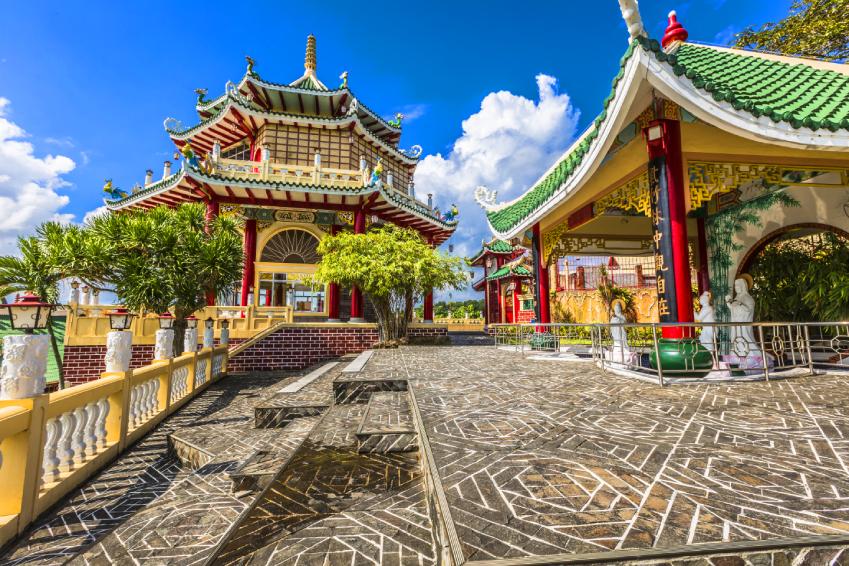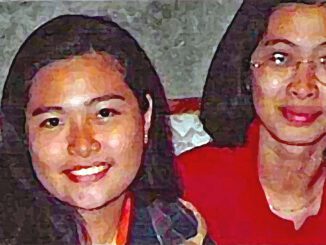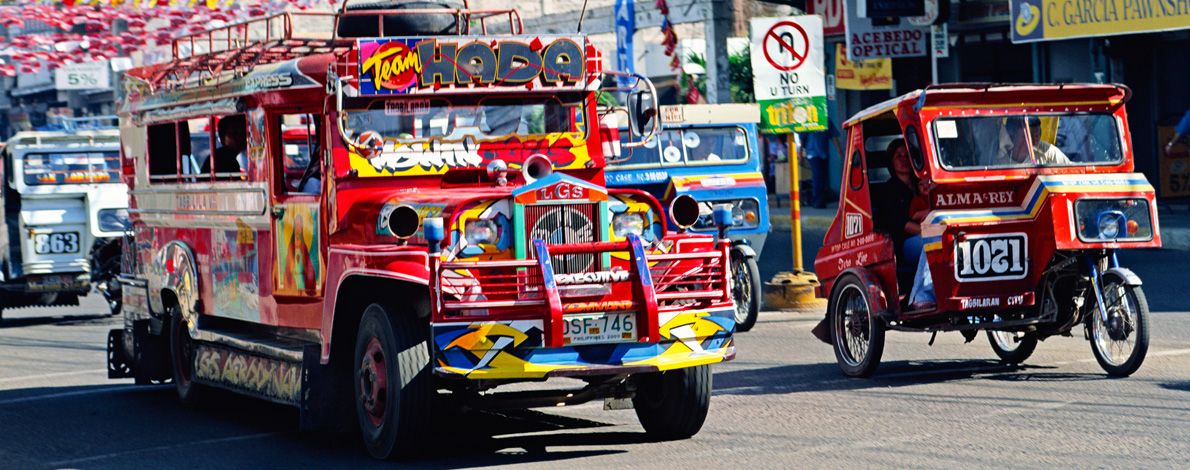
It’s no secret that architecturally detailed structures seem to hold a particular aesthetic value within communities across the world. In an age where design seems to primarily focus on efficiency and functionality, it seems that the more ornate structures have fallen by the wayside – victims of the inevitable constraints of time and budget.
This reality is what makes the exceptions like Cebus Taoist Temple special. The temple – situated in the Beverly Hills subdivision in Lahug – draws its architectural inspiration from the altars and temples of ancient China. Its grounds have been meticulously designed to reflect Taoist thought and philosophy.
The temple sits high up in the mountainous terrain on the outskirts of Cebu City; the highest point of the temple grounds being some 300m above sea level. The Taoist temple was skilfully constructed by followers of the ancient Chinese philosopher Lao Zi in 1972.
The many different Layers of the grounds reflect the harmony between humans and nature pursued by Taoists. The grounds conform to the pre-existing contours of the land all woven together by the many different stairways.
The primary staircase being comprised of 81 stairs; this is representative of the 81 chapters found in the Taoist scriptures – Lao Zi’s the Tao Te Ching (Dao De Jing).
The Rituals of Cebus Taoist Temple (What to see at the Temple)
Burning Joss sticks (a form of incense) regardless of any particular sect is an essential element of Taoism. The burning of the Joss stick symbolises the release of your non-physical energy; as represented by the smoke leaving the Joss stick.
Taoists believe that this practice should be carried out regularly as a form of sacrifice; they are releasing and in a way investing their energy into the altar. Devotees attend Cebus Taoist Temple on Wednesdays and Sundays to regularly take part in the practice. They will then have their fortunes read (算命, suanming) by one of the temple’s monks; this is a routine part of Chinese culture.
Unlike the neighbouring Phu Sian Temple, Cebus Taoist temple is open to both worshippers, and non-worshippers from 8 am – 5 pm daily. As you approach the temple, you’ll begin to appreciate the attention to detail involved in the construction of the temple.
You will quickly notice the familiar battlements lining the entrance to the temple. This is part of the temples replica of the Great Wall of China. The temples structures and walkways are then surrounded by beautiful, well-maintained gardens featuring a wishing well, the old bell, a fish pond and a giant green dragon.
It is common for visitors to stroll around the temple enjoying the serene atmosphere of the space. You can then enjoy the scenic views of Cebu City from the comfort of the temples veranda.
Practicing Taoism at Cebus Taoist Temple
A prominent ritual performed by devotees involves praying to the gods to grant a wish. This ceremony is also available to visitors if the Head or the Temple Attendant is present.
Those partaking are first required to wash their hands as a representation of cleanliness. They will then enter the chapel barefoot to begin the steps to receive an answer to their wishes.
First, the partakers must light a Joss Stick, then kneel down holding the Joss Stick with both hands. They must then pray for enlightenment in regards to your problem or wish.
Partakers then hold a pair of little blocks of wood (jiao-bei 筊杯 ) flat side up with both hands. The blocks being crescent-moon-shaped and flat on one surface and round on the other.
After a prayer to the gods about your question, wish or problem, the wooden blocks are dropped gently to the floor. The answer to your prayer is found according to the position in which the blocks have landed.
- Shèngjiǎo (聖筊, divine answer): One block flat and another block round indicates “yes”.
- Nùjiǎo (怒筊, angry answer) also kūjiao (哭筊, crying answer): Both blocks showing the round surfaces is a ‘no’ answer.
- Xiàojiǎo (笑筊, laughing answer): Both blocks flat indicate the gods are laughing at the question, this is either because they think you already know the answer to your question, or the answer is obvious.
- Lìjiǎo (立筊, standing answer): One or both blocks fall but stand erect on the floor means the gods did not understand your question, you should then repeat the process if this is the case.
Once you have received an answer to your prayer, you must kneel down and express your thanks to God and ask for continued blessings within your life.


7 essential facts to keep in mind before visiting the temple
- The majority of locals and tourists visit the temple later in the afternoon, so if you want a peaceful visit, it may pay to arrive a little earlier.
- The guards and temple attendants are very strict with the time, so keep in my the temple will close at 5 pm.
- This is a Taoist Sanctuary of Prayers and Meditation so please observe silence in the areas marked with signage and follow the rules while you are inside Cebu Taoist Temple.
- The temple has a spacious parking area at its base; it may pay off to visit in a private vehicle. The temple is inside the Beverly Hills Subdivision, so it is uncommon to find public transport in the area.
- The dress code states sleeveless shirts and short pants aren’t allowed if you wish to enter the main worship temple.
- Photos of the temple’s altar are prohibited, these areas are marked with signage.
- The temple opening hours are from 8 am to 5 pm, with no entrance fee.
How do I get to Cebus Taoist Temple?
The easiest way for tourists to visit the temple is by taking a taxi. You must ensure the driver knows you need the taxi for a round trip. Finding a taxi to take you home may be difficult as the temple resides in a private subdivision.
If you find yourself without a taxi, you will either have to wait for another dropping off visitors to the temple or walk down the hill to the main road outside of the subdivision.
Another alternative to getting a taxi is using the Grab app. Grab is a ride share app which operates in a similar manner to Uber. Simply enter your current destination and where you want to go, then wait for your car to arrive.
For locals wishing to visit the temple, bringing your own vehicle is ideal as it avoids the complications of finding public transport in the area.
For those wishing to visit the temple on a budget, you must first take a jeepney (either 17B/17C) to JY Square Mall. From there you can find habal-habal drivers who can drop you off at the temple for a small fee.
To emphasise the point – ensure you ask your drivers to wait. The nearest main road in which you can find alternative public transport is a 5 – 10 minute walk away.





I believe this internet site contains some rattling superb info for everyone. “The best friend is the man who in wishing me well wishes it for my sake.” by Aristotle.